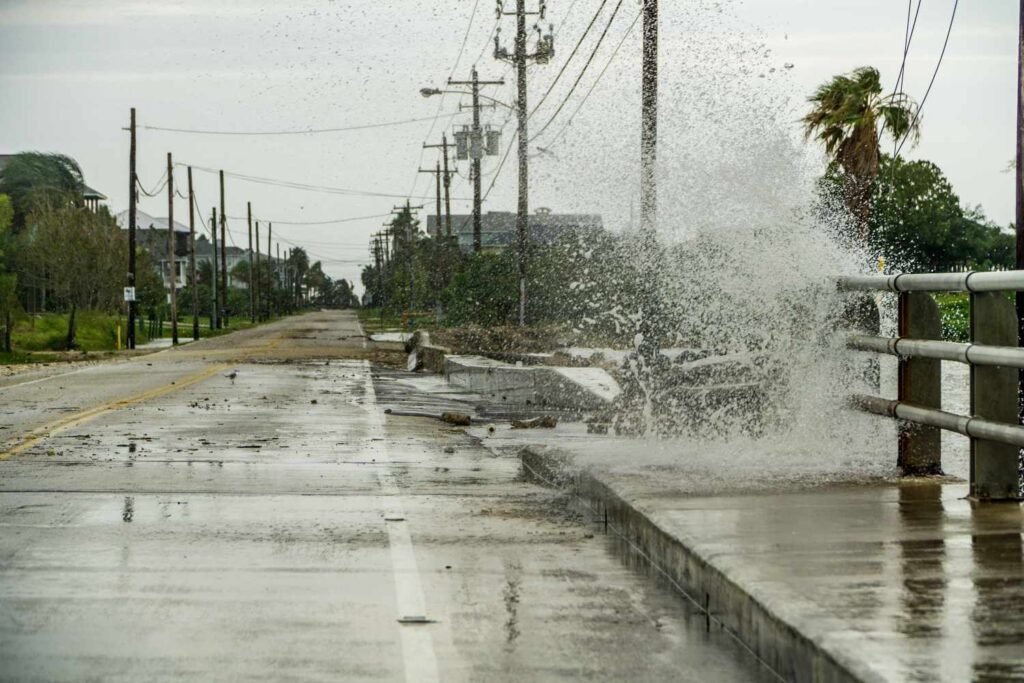:max_bytes(150000):strip_icc():format(jpeg)/GettyImages-857087388-c86368d273ad4639830611762cc7010a.jpg)
Just weeks after catastrophic flash floods in Texas killed more than 130 people—and with the National Oceanic and Atmospheric Administration projecting another above‑normal hurricane season—victims of natural disasters urgently need help, not more heartbreak. Unfortunately, scammers know that the confusion following a disaster is the perfect cover for fraud.
The Federal Trade Commission (FTC) is already warning consumers about crooks posing as Federal Emergency Management Agency (FEMA) officials, demanding “processing fees” or banking details that the real agency would never request. If you find yourself sorting through the aftermath of a storm or other catastrophe, here’s what you do to avoid losing out to disaster fraud.
Key Takeaways
- A red flag for a disaster scam is speed. Scammers often try to take advantage of survivors within 24 hours of a storm making the news.
- If someone who claims to be from FEMA asks you to pay for an inspection, debris removal, or to apply for a grant, it’s a scam. FEMA will not ask you to pay and agents will have a photo ID badge.
The Perfect Storm for Scams
Natural catastrophes create what economists call an “information vacuum.” Victims are juggling insurance claims, temporary housing, and emotional or physical trauma; meanwhile, traditional safety nets—from flooded local offices to overloaded FEMA call centers—are stretched thin. That kind of chaos gives impostors a prime opening.
With legitimate lines jammed, scammers take to social media, mobile devices, and doorsteps, offering “expedited” aid for a fee or fake damage inspections that harvest identity data.
Add to that a politically charged backdrop—the Trump administration has talked of phasing out or “remaking” FEMA—and confusion about who represents the agency has grown.
Important
You can verify any contact by calling FEMA’s helpline (1-800‑621‑3362). However, during the July 2025 Hill Country floods in Texas, FEMA’s response rate reportedly plummeted from over 99% to just under 16% after key call center contracts lapsed, so you may need to delay any would-be scammer until you can get through and verify their information.
Spot the Fraud: Telltale Signs of a FEMA Impersonator
According to the FTC, three clues almost always tip off an imposter: fees, pressure, and unexpected contact.
- FEMA never asks for money—period. Inspectors do not charge, cannot accept cash, and will not demand your bank routing number or other financial information.
- Genuine officials encourage you to verify them; scammers instead push you to decide “right now” before some “urgent” deadline. Always ask for a badge, write down the name, and then call the helpline or check your DisasterAssistance.gov account before sharing any information.
- FEMA only contacts people who have already applied for assistance, so an unsolicited text promising a grant is a red flag.
Report and Recover: Steps If You Suspect a Scam
If someone pretending to be from FEMA reaches out, end the conversation and document everything, including the names used, phone numbers, screenshots, and even vehicle plates. Report the attempt to the FTC at ReportFraud.ftc.gov, and alert your state attorney general’s office.
If you think you have already fallen for the scam, freeze your credit, and monitor your statements; FEMA impostors frequently sell stolen data to identity theft rings. And spread the word locally: community groups or neighborhood listservs can spread warnings more quickly than official press releases. Rapid reporting not only protects your family but also helps investigators shut down fraud rings before they harvest millions.
The Bottom Line
Record‑breaking storm seasons, mounting criticism of FEMA’s capacity, and political noise have combined to provide fertile ground for disaster scams. Staying safe is simple: never pay upfront, always verify identities, and share red‑flag stories early.
Vigilance now can save cash, credit scores, and peace of mind long after the floodwaters recede.

